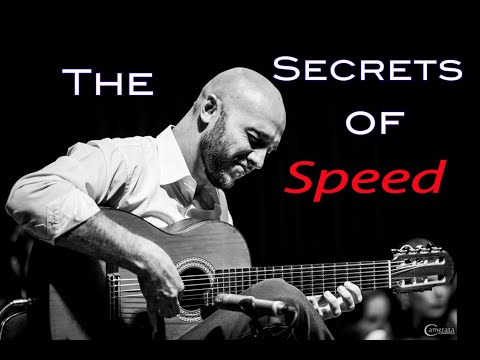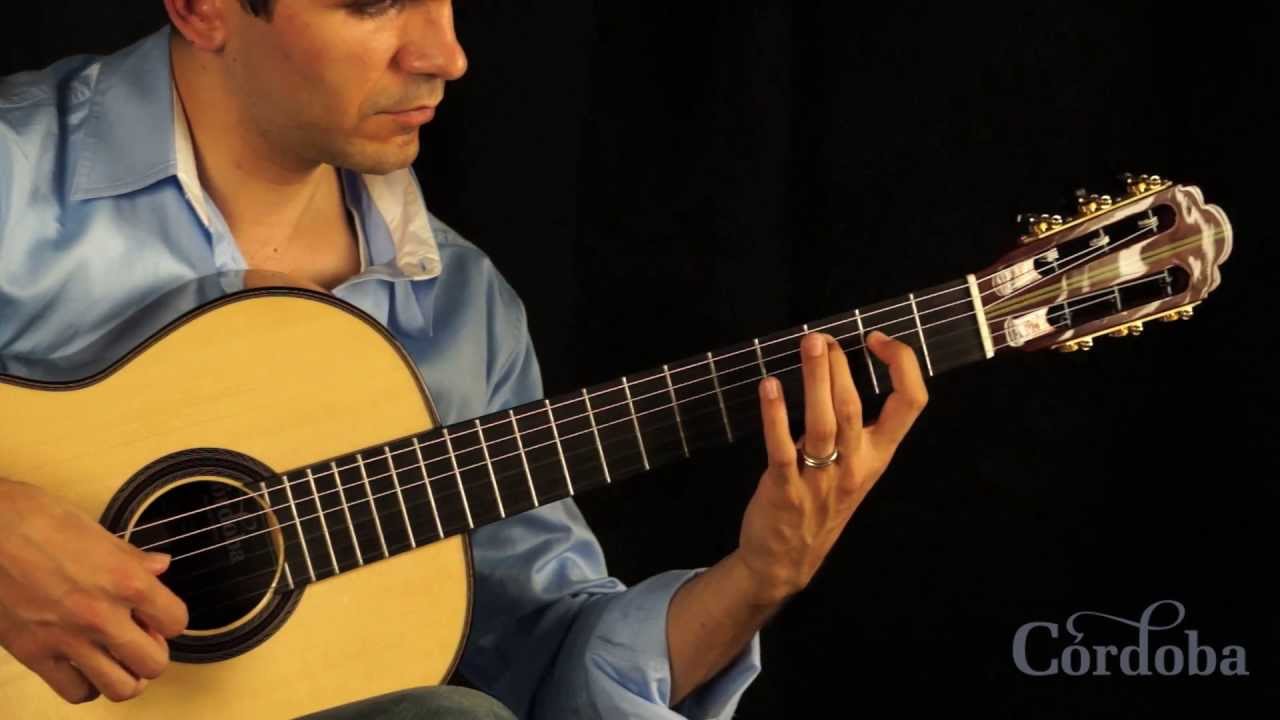@Frylock
What a stroke of luck, the first video I found when searching classical guitar nail shape is really, really good. This is almost identical to what Julian Gray at Peabody taught me…way back when I was a young man of 18 
Just a couple supplemental points:
- I like how this guy indicates there isn’t necessarily a universal consensus on shape, as it’s partially dependent on our anatomy…and there’s a degree of personal preference too
- He mentions “contact point” and goes over it thoroughly…I was taught to go just a hair to the ‘left’ of where he specifies (if viewing your hand as the image he includes, where the nails are facing you…just a little to the left of his yellow indicators is how I was taught to make the contact). Probably some personal preference there as well, just thought I’d mention it
- He name drops ‘Micro Mesh’ as his buffing material. That product is the absolute best I’ve come across. A small kit of it will last you over a year. A little more pricey than the multi step buffers at the pharmacy, but well worth it.
- I was taught to shape my thumbnail the opposite side of what he shows. He mentions different things work for different folks, but I have tried both ways and keeping it shaped with the ramp beginning on the same side as the other fingers always worked best for me. Probably a further indicator of this not being univeral…
Once you’ve got nails down, it’s time for tone production. Lots of technique involved there so I won’t say too much about it. The demos he does about 3/4 of the way through are good though, because you can see his form from what would be your perspective. So, a great place to start.
The reason nail shape/care and tone production are a prerequisite to everything else in classical guitar is contextual. Remember, a traditional classical guitarist uses no mic. They were not invented at the time the instrument came to prominence  Due to the guitar’s anatomy, it is not a loud instrument. Nail shape and tone production are the only way to get your sound past the first row of the audience haha. That’s how it was presented to me by Julian Gray of Peabody. So everything must be viewed from that lens. More advanced techniques build upon these constraints. Any classical guitarist without the ability to project a consistent, strong tone would not be seriously considered in that community. This is not to say they look down upon amateurs or weekend warriors at all. I’m purely speaking of the standpoint of one who would pursue this as a profession.
Due to the guitar’s anatomy, it is not a loud instrument. Nail shape and tone production are the only way to get your sound past the first row of the audience haha. That’s how it was presented to me by Julian Gray of Peabody. So everything must be viewed from that lens. More advanced techniques build upon these constraints. Any classical guitarist without the ability to project a consistent, strong tone would not be seriously considered in that community. This is not to say they look down upon amateurs or weekend warriors at all. I’m purely speaking of the standpoint of one who would pursue this as a profession.
If you determine that your goal is simply to play classical pieces for your own enjoyment, all of this doesn’t matter much. You could just identify the pieces you want to play, find out what ‘techniques’ are required, and use concepts you’ve learned in CtC, or @Tom_Gilroy’s excellent work on efficient digital cycles to ensure your movements are efficient enough to play the notes required. The result of that would be (hopefully) you having some enjoyment and sense of accomplishment. If a ‘purist’ heard the result, they would likely sneer. So what 
Again, I’m often torn in my feelings for the whole thing. Spending so much time in that world, it is difficult for me to even play ‘casually’ anymore. Picking up a piece I haven’t played for months or years would take some time to work back up to where I enjoyed the sound. I may not have time for that between work and family and wanting to shred  Furthermore, I could not stand the sound of the instrument if I sat down to play it and did not have nails, or did not have my nails properly done. I wouldn’t enjoy the session at all. Keeping the nails in shape is a chore. I’ve been ruined I think lol!
Furthermore, I could not stand the sound of the instrument if I sat down to play it and did not have nails, or did not have my nails properly done. I wouldn’t enjoy the session at all. Keeping the nails in shape is a chore. I’ve been ruined I think lol!







